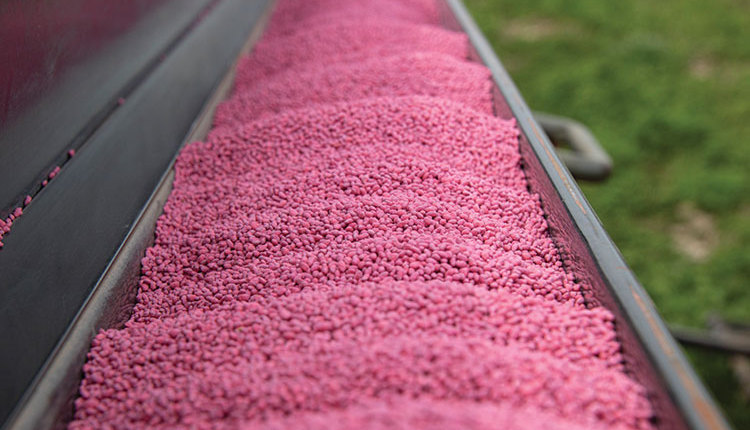
This year provided us one of the strangest planting seasons in recent memory. With a reported 19 million acres of prevent plant and an estimated 4 million acres of alfalfa damaged by winter weather with already low overall forage stocks, to say things were tough would be an understatement. Producers in the northern U.S. can have confidence that seed supplies are in a situation to provide flexible options to help restore forage acre productivity.
Let’s take a closer look at the seed supply outlook for several important species and additional considerations for the upcoming planting season.
Alfalfa
In general, seed supplies for the “Queen of Forages” should be in good shape. While the industry saw a slight uptick in demand this last year, there remains solid availability of both conventional and traited varieties. Given the estimated acres affected last winter, demand is expected to be strong for spring plantings. One considerable watch-out is the recent early and extreme winter weather that occurred in seed production areas of the Northern Plains, the West, and Canada. A large number of seed production fields in these regions were late to harvest, and the cold and moisture could have an adverse effect on the 2019 seed harvest.
Annual and perennial ryegrass
Both annual and perennial forage ryegrasses will be available in good supplies. Producers are encouraged to check out the latest varietal developments from suppliers as the newer tetraploid options can have an immediate positive impact on tonnage and quality. Italian ryegrass will be tight going into spring, as last spring’s rush on emergency forage crops cleaned up a significant portion of available inventory. Intermediate ryegrasses have good availability.
Fescues and festulolium
Forage tall fescue supplies will be moderate in 2020, although a shorter crop of Kentucky 31 in the Midwest may strain availability. Meadow fescue is typically not a high-volume seed product and will have similar supplies as recent years. Producers can also opt for the newer festulolium options that are available, which combine the benefits of fescues and ryegrasses.
Orchardgrass
Orchardgrass supplies will be quite good this upcoming year. Solid seed yields in the main production areas of Oregon and Europe have helped get stocks back into shape after several short years. Later maturing varieties will continue to command a premium over earlier maturing options.
Red and white clover
Red clover seed production for the 2020 season would be characterized as adequate, with more limited availability of improved varieties over the common types. White clover will also be in decent supply, with the majority of white clover seed supply reliant on imports from overseas.
Spring small grains and small grain/legume mixes
Seed demand from the 2019 prevent-plant situation put a dent in the supply of several species typically used for quick annual forage — specifically oats and forage peas. Weather challenges during harvest this year have also further impacted availability. Spring triticale supplies will also be reduced.
Summer annuals
Sorghum products are the perennial wild card. Given the limited production area for seed of forage sorghums, sorghum-sudangrass, and sudangrass products, supply and pricing can swing widely from one year to the next. The 2019 production outlook is fair, with recent weather at harvest causing some nervousness on the part of seed producers. 2019 was a tremendous year for sorghum products in the Upper Midwest, and it’s expected that demand will again be significant as more growers incorporate warm-season annuals into their rotation to help offset forage production challenges.
Timothy
After a record short supply situation in 2019, supplies of timothy will approach normal levels, provided the fall seed harvest is not adversely affected significantly by earlier than normal winter weather in northern Alberta where much of the timothy seed is produced.
Planning considerations
Over the last decade, the forage seed production industry has worked diligently to balance supply with projected demand, and consequently both supply and demand shocks (normally caused by weather) can have a more pronounced effect on seed supplies as well as prices. Since these demand and supply swings can affect smaller acre crops more seriously, it’s a good practice for producers to plan ahead with their seed suppliers to ensure availability for their needs.
A common theme on the species reports above is the fact that improved varieties are typically the first to have supply challenges in high demand markets. With the continued pressure on maximizing farm productivity and return on investment, it’s important to consider securing supplies of the latest genetics early if that is part of the crop plan.
This article appeared in the November 2019 issue of Hay & Forage Grower on page 24.
Not a subscriber? Click to get the print magazine.

